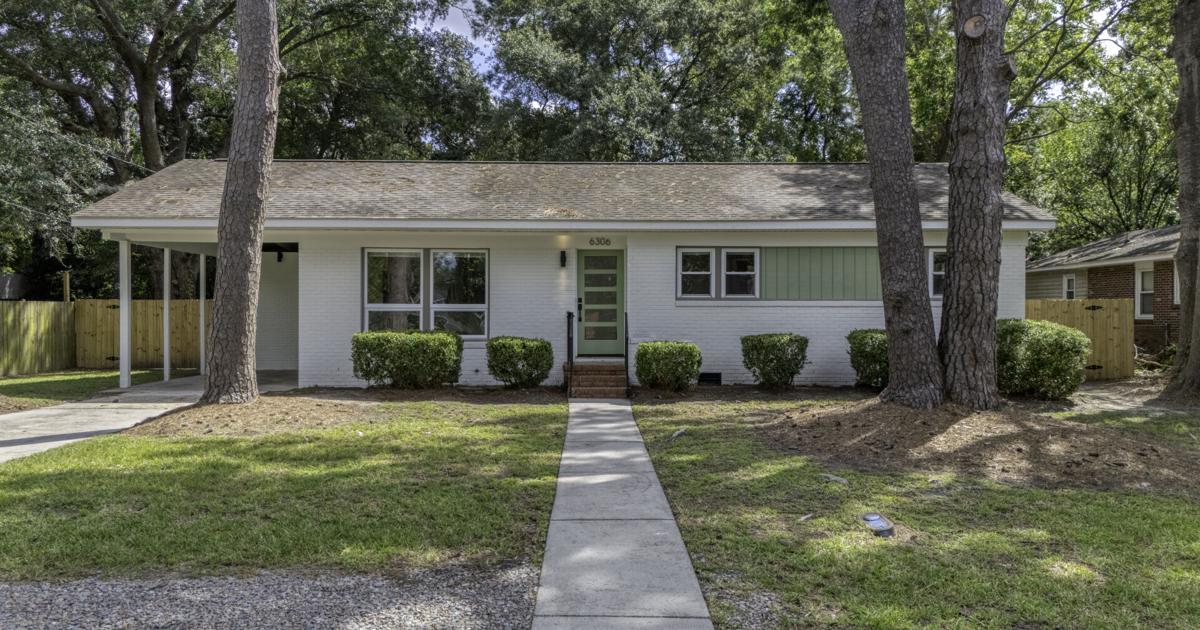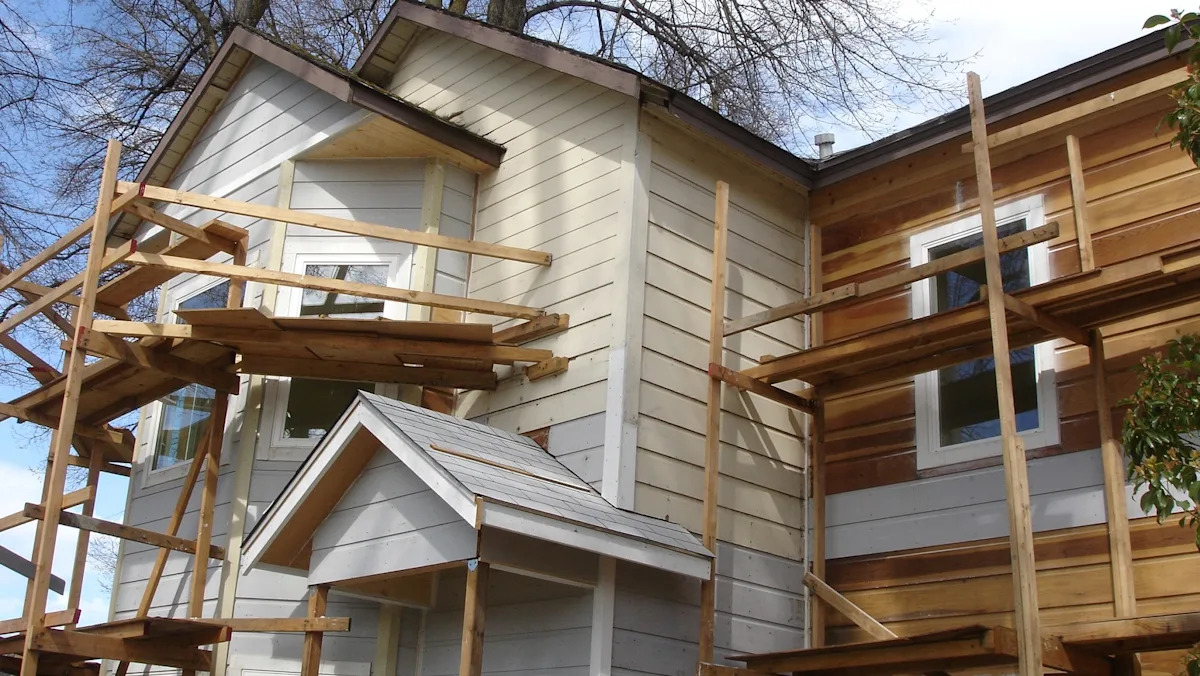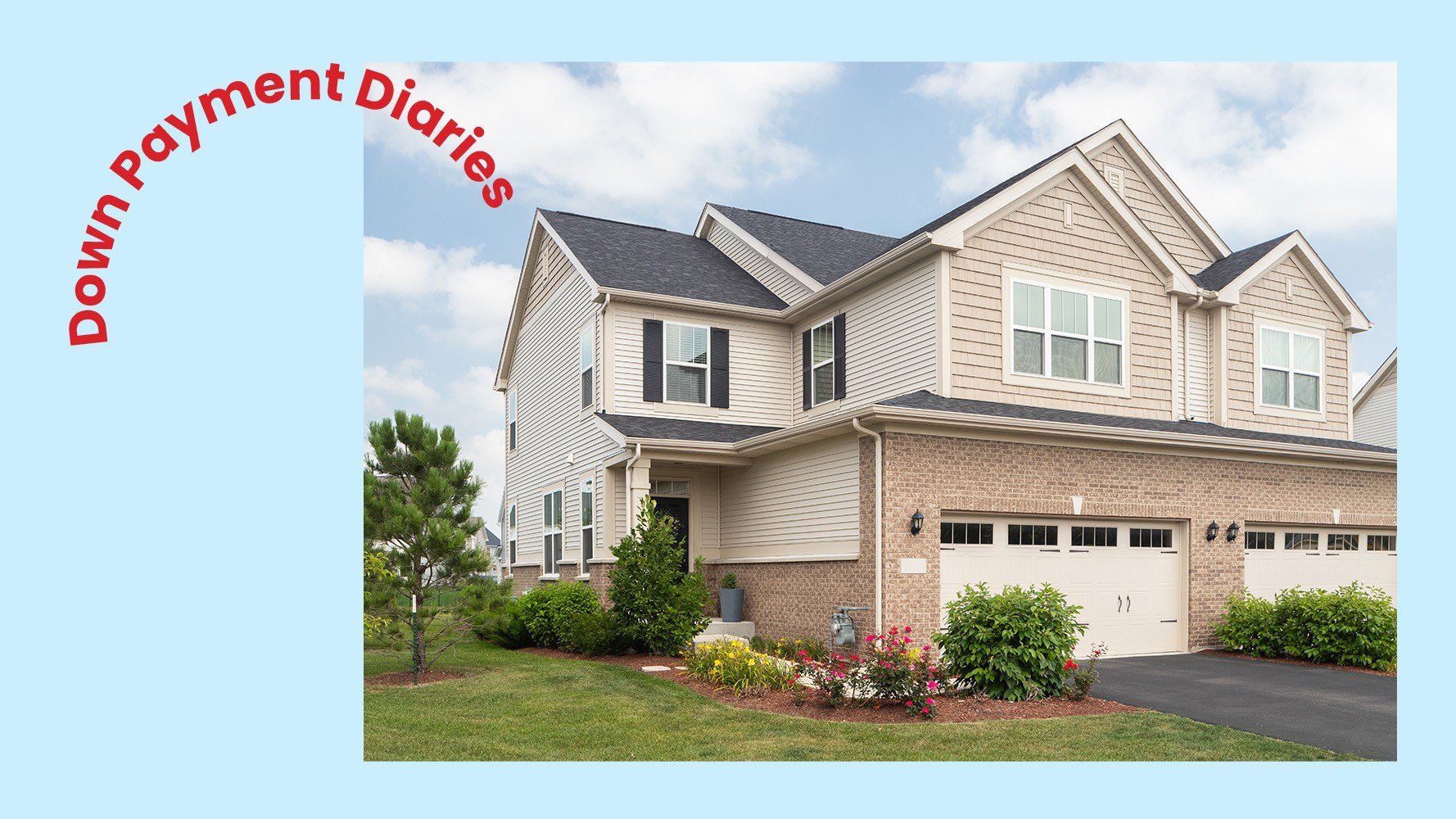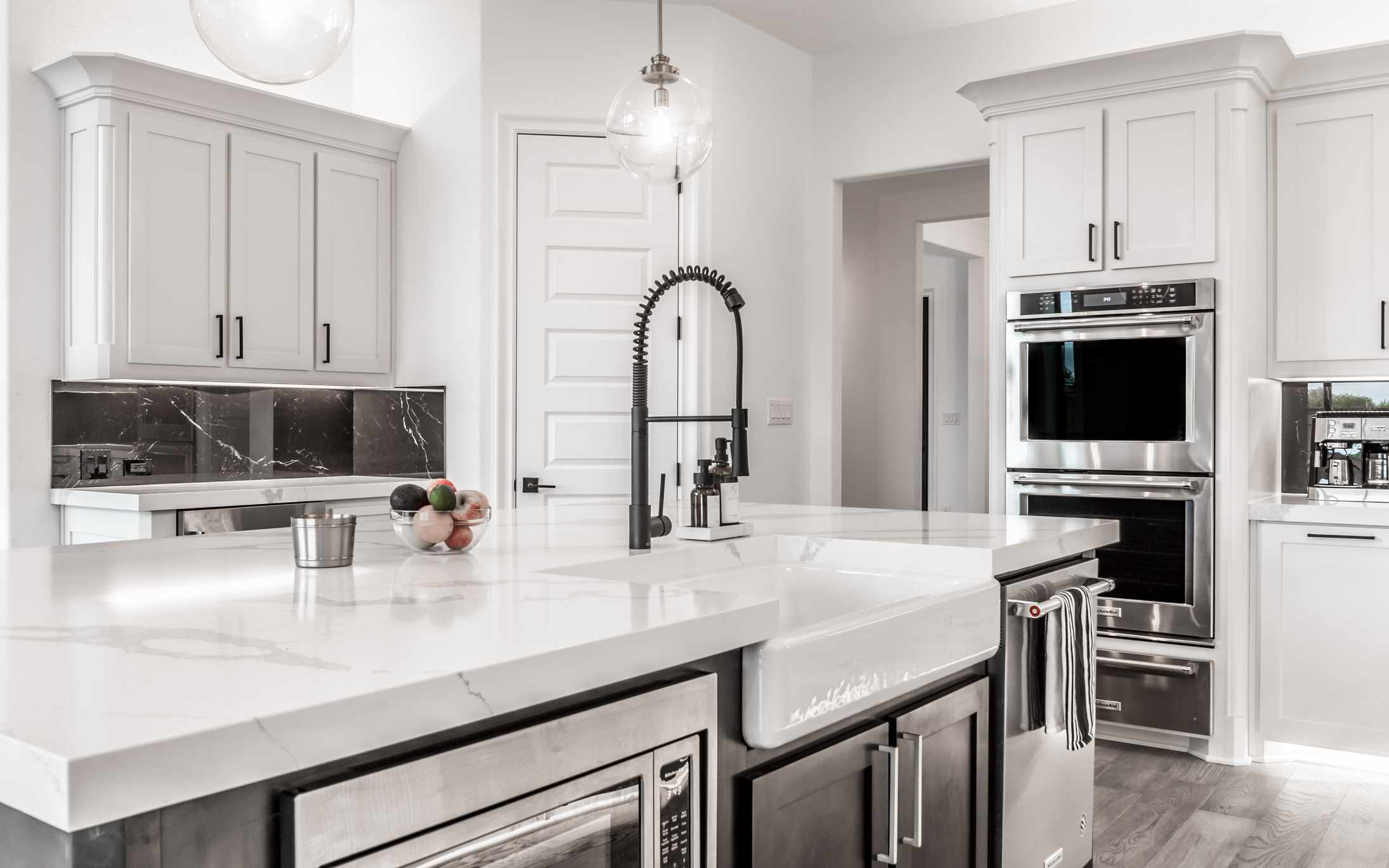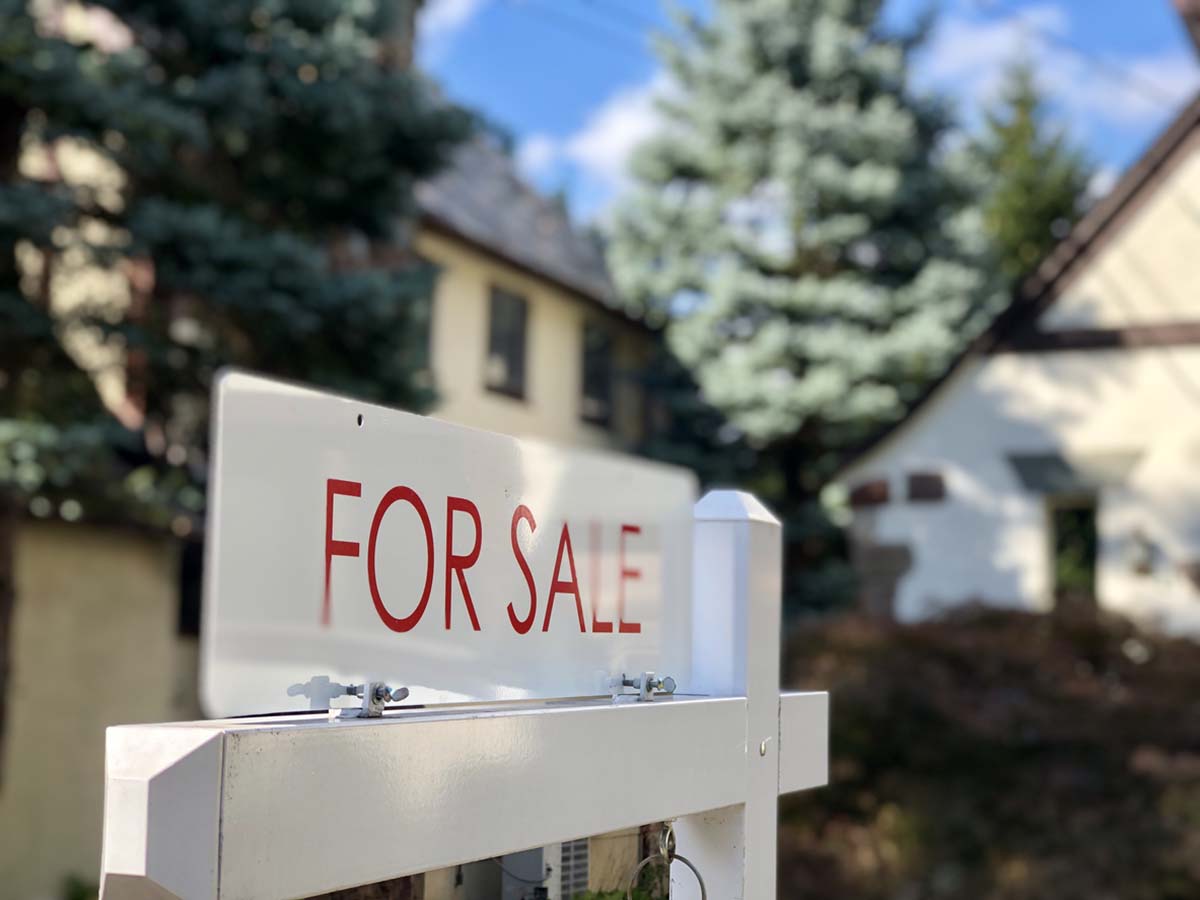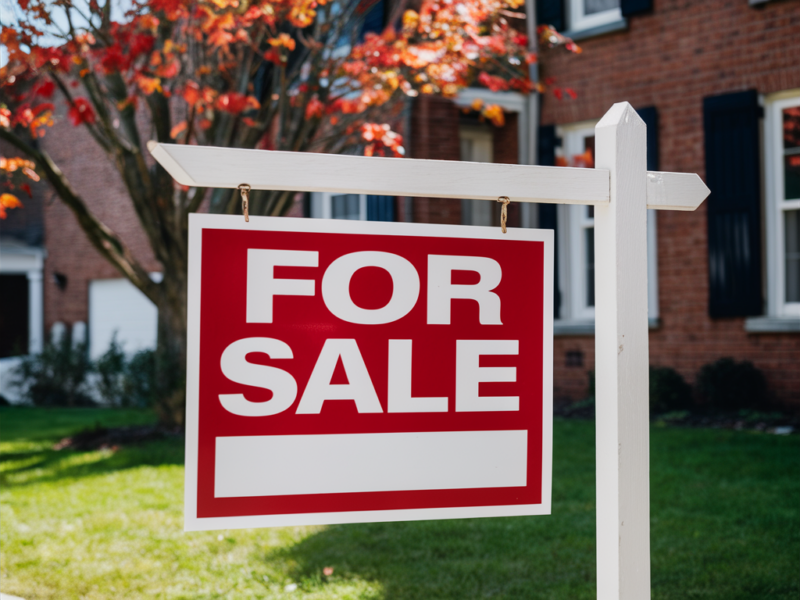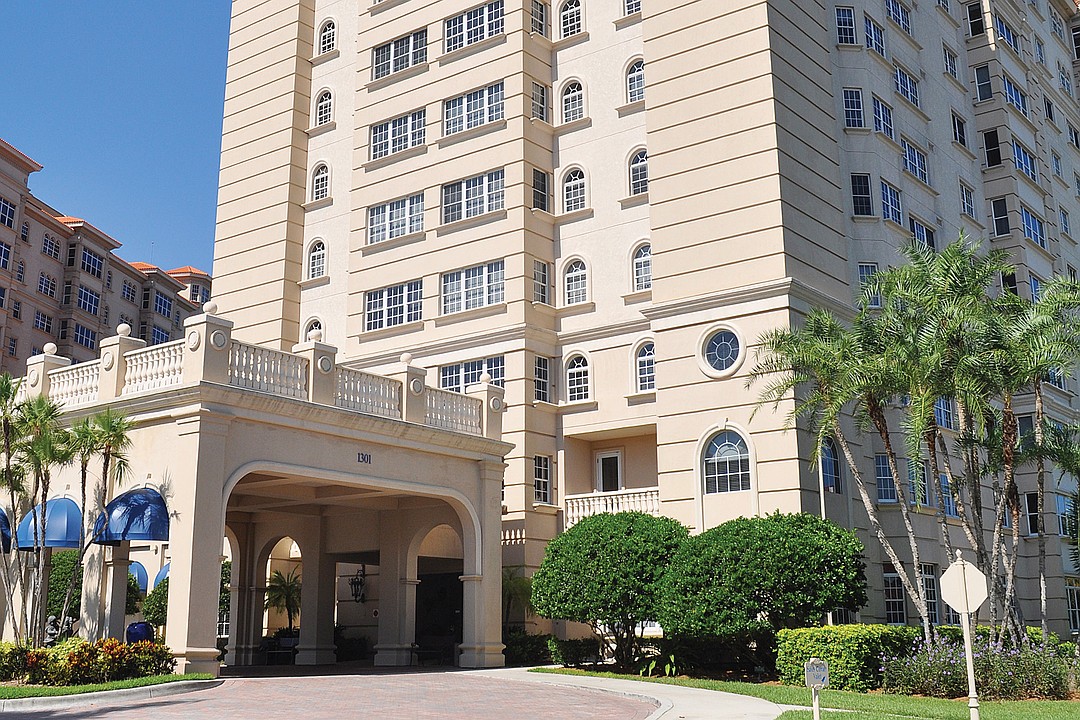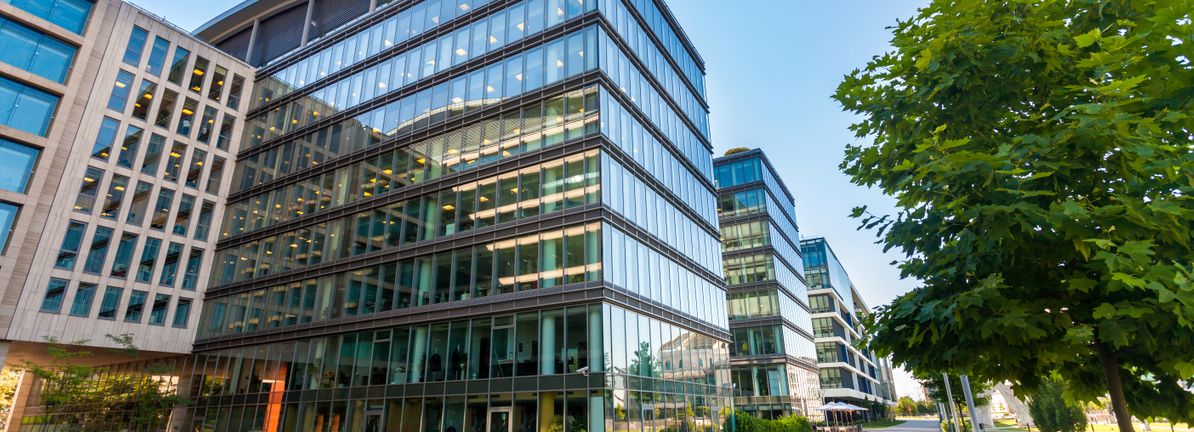T
he property on Brandt Street in North Charleston, once a derelict, vacant house, was acquired by Charleston County in 2021 from the county’s Housing and Redevelopment Authority. After extensive renovations, it is now on the market for $250,000 as part of the county’s affordable‑housing program, announced on Tuesday, Oct. 7, 2025.
The listing begins with the headline, “Looking for affordable housing?” The modest, single‑story home—about 1,100 sq ft with three bedrooms and two bathrooms—was one of 18 properties the county bought in 2021 for $2.47 million. The county demolished two of the houses and then distributed 16 to local nonprofit and for‑profit groups that pledged to renovate or replace them, allowing people with moderate incomes to buy or rent. This effort, called Charleston Homes, is a public‑private partnership aimed at increasing the supply of affordable homes in an area where rising housing costs have made it difficult for businesses to attract and keep employees.
Brandt Street is the first of the county‑purchased homes now on sale, while a house on James Island became the first rental property to be occupied earlier this year. Both were renovated by Narrow Gate Development, a local firm headed by nonprofit housing specialist Duncan Cheney and Chick‑fil‑A owner Jason Williams. “We’re excited to be the first ones done,” Cheney said, noting his experience in affordable housing through Metanoia, a North Charleston nonprofit.
The rental property on Garrison Street, also renovated by Narrow Gate, now houses a family of four, one of whom works at Williams’ Chick‑fil‑A. The rent is about $1,300 per month, just enough to cover the renovation costs. Williams explained that affordable housing is essential for staffing and operating restaurants in the Charleston area.
Developers who receive county‑purchased homes are expected to either rent them and recover renovation costs over time or sell them. In a sale, the county pays the developer for their costs plus a 15 % fee. After administrative expenses, the county’s average cost per property is $137,222, all funded by the federal American Rescue Plan Act to aid post‑COVID recovery.
Most of the houses reflect the 1960s design common in the region: a single‑story, brick structure with a carport or one‑car garage. In 2024, the county housing authority listed 30 additional vacant single‑family homes for sale, but the sale fell through after the authority failed to follow through on a $6.5 million contract with local investors, leading to a lawsuit that remains pending.
The 18 properties purchased in 2021 are now returning to use. The county retained two sites after demolition for future housing projects. Real‑estate broker Corwyn Melette is showing the Brandt Street home to potential buyers, who must earn no more than 120 % of the area’s median income—$106,560 for a two‑person household, higher for larger families. Melette reports positive feedback, with buyers praising the renovation, features, and location. Similar homes in the Aichele Terrace area are priced higher.
Because the county still owns the properties, developers cannot sell them directly. The county reviews eligibility and then approves the sale. “This is the first one we have done,” said LoElla Smalls, director of the Department of Community Development and Revitalization. “We’re working through the details now.”
Not all projects are identical. Sea Islands Habitat for Humanity is building a new house on a Johns Island property the county provided; the existing home was deemed unrenovable. In that case, Habitat selects a buyer and requires them to complete construction, as is typical for the group.
Across all projects, the county monitors plans, progress, and ensures that buyers or renters meet program guidelines. Renters must earn no more than 80 % of the area’s median income—$71,000 for a two‑person household, higher for larger families. Smalls noted challenges, such as a property where renovation costs were a concern, but the developer worked with the county to keep expenses down.
With ten different developers and groups handling the 16 properties, there is no single source for potential renters or buyers. The county’s Community Development and Revitalization office can be reached at 843‑202‑6960 or [email protected].
